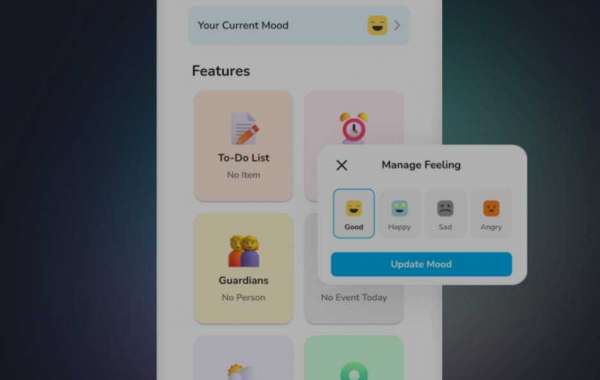The journey from educational struggle to success has been significantly influenced by the evolution of assistive technology. This blog explores the transformative role of assistive technology in providing learning support, tracing its evolution from humble beginnings to becoming a powerful ally in the educational journey of individuals facing various challenges.
Origins of Assistive Technology:
Assistive technology's roots can be traced back to simple tools designed to aid individuals with disabilities. Early devices, such as large-print books and magnifying glasses, aimed to mitigate the challenges faced by those with visual impairments.
The Rise of Electronic Devices:
With the advent of electronic devices, assistive technology expanded its horizons. Audiocassette tapes and electronic magnifiers emerged, offering new ways for individuals with learning challenges to access information and engage with educational content.
Computers and Software Solutions:
The widespread availability of computers marked a significant turning point. Educational software and applications designed for specific learning disabilities became more prevalent, providing interactive and customizable solutions for learners.
Text-to-Speech and Speech-to-Text Innovations:
The evolution of assistive technology witnessed breakthroughs like text-to-speech and speech-to-text applications. These innovations addressed challenges related to reading and writing, providing learners with tools that convert written text to spoken words and vice versa.
Mobile Technology and Accessibility Apps:
The proliferation of smartphones and tablets brought assistive technology into the palms of users. Accessibility apps, voice recognition features, and customizable settings on mobile devices empowered individuals to tailor their learning experiences according to their specific needs.
Interactive Educational Apps and Gamification:
As technology advanced, so did the approach to learning support. Interactive educational apps, often incorporating gamification elements, transformed the educational landscape. These apps adapted content, provided immediate feedback, and made learning an engaging and enjoyable experience.
Customizable Learning Platforms:
Learning management systems and customizable online platforms empowered educators to create adaptive learning environments. These platforms accommodated diverse learning preferences, allowing for differentiated instruction within a unified educational framework.
Augmentative and Alternative Communication (AAC) Devices:
Assistive technology expanded its support for individuals with expressive challenges through AAC devices. These devices range from simple communication boards to sophisticated speech-generating devices, providing alternative means of expression.
Artificial Intelligence and Personalized Learning:
The integration of artificial intelligence (AI) marked a new era in learning support. AI-driven platforms analyze individual learning patterns, adapting content, and providing personalized recommendations, further tailoring the educational experience.
The Impact on Independence and Self-Advocacy:
Beyond academic support, assistive technology has fostered independence and self-advocacy. Learners equipped with digital tools become active participants in their educational journey, confidently navigating challenges and advocating for their needs.
see more:-










